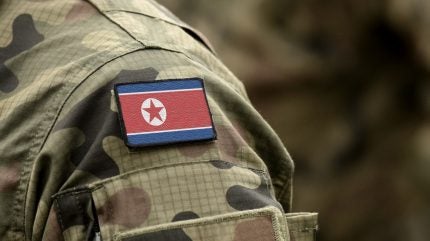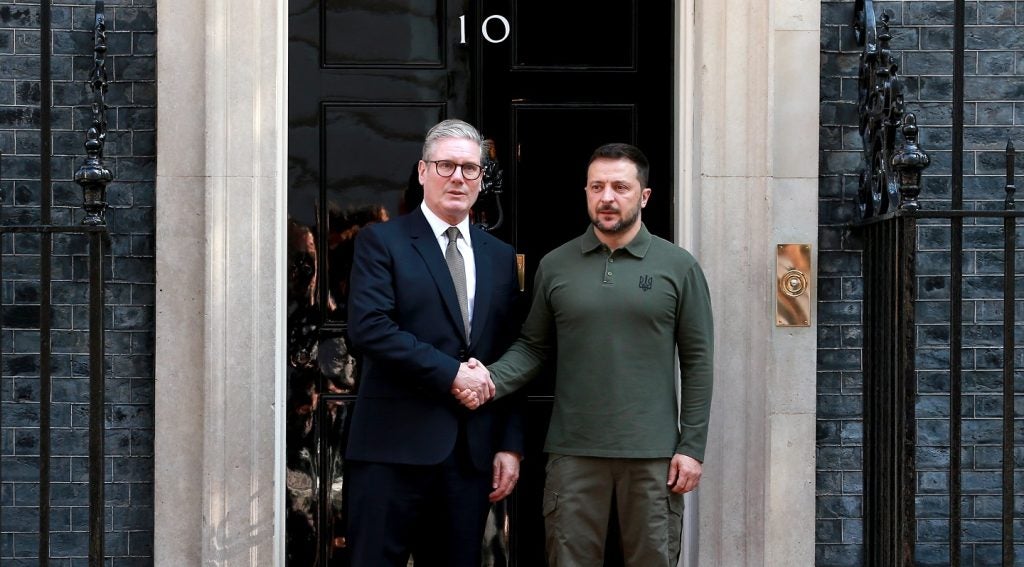
It has emerged that North Korean military forces dispatched by Pyongyang to aid its ally Russia in the Ukraine war have sustained significant casualties, with thousands killed or wounded since being deployed in late-2024.
The controversial commitment of North Korean forces into the Ukraine-Russia war in aid of Moscow was a significant escalation, bringing an Asia-Pacific nation into Europe’s first state-on-state conflict for generations.
Determining the exact number of military casualties is difficult, but it is assessed that of the 11,000 North Korean troops sent to aid Russia, up to 3,000 have been killed or wounded in combat, or more than 27% of the committed force.
In addition, the fanatical ideology of the North Korean troops has seen them fighting to the death, even when surrender could have been an option. This approach has been likened to suicide tactics, although it could be a case of North Korean forces determining not to be captured, which would be perceived negatively in Pyongyang.
North Korean troops are centred on operations in Russia’s Kursk region, a portion of which was seized by Ukrainian forces in the second half of 2024 in a bid to counter gains by Russian forces in the east of Ukraine.
Although Ukraine achieved initial success, capturing around 900km2 of Russian territory, counterattacks by Russian and subsequent North Korean forces, have forced them back. It is thought that Ukraine holds less than half, some 420km2, of the initial territory seized, with a reduction of 60km2 in the past week alone.
North Korean losses, though severe, pale in comparison to those sustained by Russia since February 2022, with between 700,000 to 800,000 Russian personnel killed or wounded. It is unclear how many military losses Ukraine has sustained, though it is likely to be in the hundreds of thousands.
Russian forces continue advances in eastern Ukraine
Meanwhile, Russian forces continue to make progress along the frontline in the east of Ukraine, recently capturing Kurakhove, and making further advances along the front around the towns of Chasiv Yar (10km west of Bakhmut), Pokrovsk, Cherovets, and Velyka Novosilka. It is thought that Russian forces are just 3km from the centre of Velyka Novosilka, and threatening to cut the town’s main supply route.
Throughout the second half of 2024 and into 2025, Russia has sought to press its manpower advantage in Ukraine, potentially in a bid to acquire as much territory as possible should US President-elect Donald Trump seek to force a peace agreement between the warring parties.
Russia is also continuing with a steady aerial campaign using one-way attack munitions, such as the Shahed drone provided by Iran, with around 1,000 platforms used so far in January alone. At current rates, it is estimated that Moscow could more up to 2,000 drones into Ukraine or Ukrainian-held territory by the end of the month.
In December 2024, Russian forces launched 1,700 one-way attack munitions in strikes against Ukrainian critical national infrastructure, although Ukraine is able to repair damaged power and utility sites, currently thought to be running at around 70% capacity.
UK agrees 100-year treaty with Ukraine
Elsewhere, and the UK has agreed a new UK-Ukraine 100 Year Partnership deal to bolster cooperation in a range of areas, including military and national security.
On 16 January, coinciding with a visit to Ukraine by UK Prime Minister Keir Stamer, the UK government stated the treaty will “bolster military collaborations on maritime security” through a new framework to strengthen the Baltic Sea, Black Sea, and Azov Sea, in a bid to deter “Russia aggression”.
Spanning nine pillars, the treaty is intended to “harness the innovation, strength and resilience that Ukraine has shown in its defence against Russia’s illegal and barbaric invasion; and foster it to support long-term security and growth for both… countries”.
“The power of our long-term friendships cannot be underestimated. Supporting Ukraine to defend itself from Russia’s barbaric invasion and rebuild a prosperous, sovereign future, is vital to this government’s foundation of security and our Plan for Change,” Starmer stated.

The treaty and political declaration, which form the ‘100 Year Partnership’, will be set before the UK parliament in the coming weeks. Areas such as energy, critical minerals, and steel, among others, are also part of the agreement.
The UK Government stated the 100 Year Partnership was a “major step in supporting Ukraine’s long-term security, ensuring they are never again vulnerable to the kind of brutality inflicted on it by Russia”.
Continuing, the agreement also committed the UK to stand “shoulder-to-shoulder” with “a sovereign Ukraine” for the next century.
“Ukraine has a highly trained military, and a thriving technology sector that is rapidly designing and deploying state of the art battle-ready equipment: a security partnership with Ukraine will make Britain stronger,” the UK Government stated in the 16 January release.



